This video is produced in connection with the project "Preserving memories about and of victims of Soviet and Nazi crimes imprisoned in Patarei Merekindlus (old maritime fortification and prison complex in Tallinn). Project holder: Estonian War Museum. Funded with support of the European Union under the program "Europe for Citizens". See description of the project events below (under the photos). The Baltic Initiative and Network has participated in the project.
PATAREI PRISON, TALLINN
THE DESCRIPTION IS UNDER RECONSTRUCTION
A new exhibition is established in the east wing of Patarei. All information about the exhibition and the history of Patarei can be found on the website patareiprison.org. It includes opening hours and ticket prices.
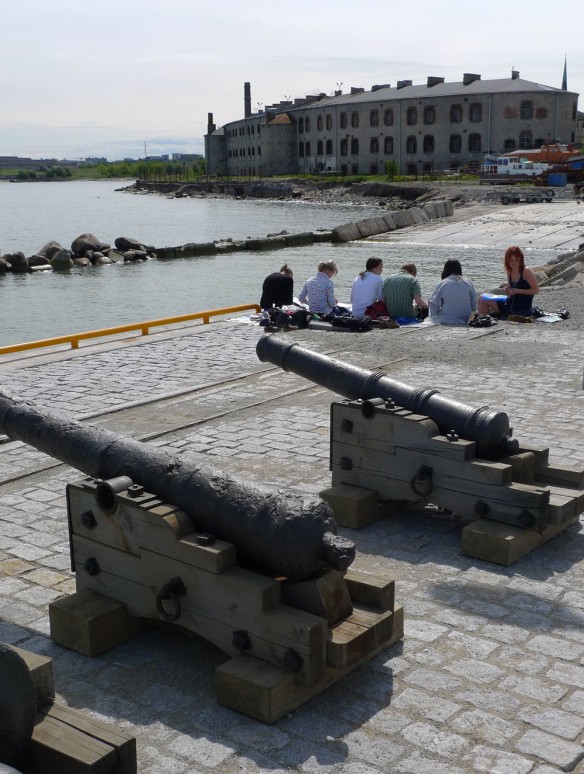
Patarei Prison seen from the Museum Harbor.

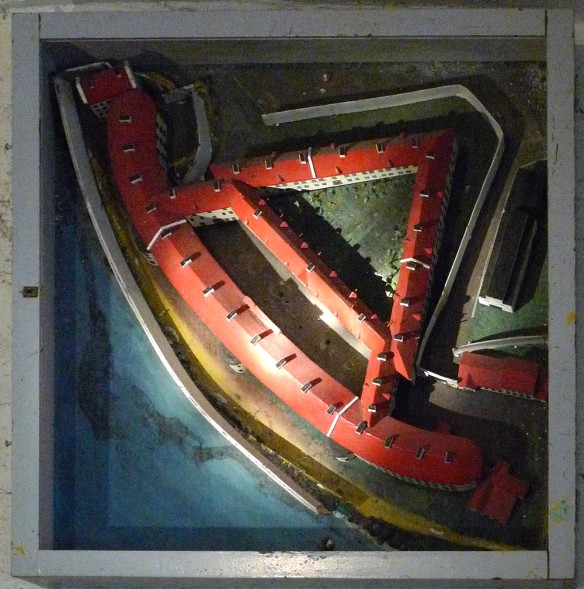

Seen from the east.

The prison cages.


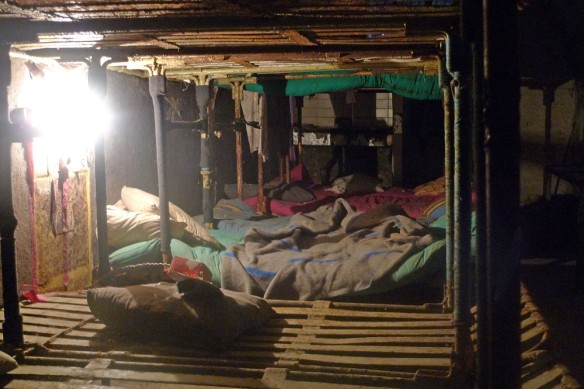

The hanging room.
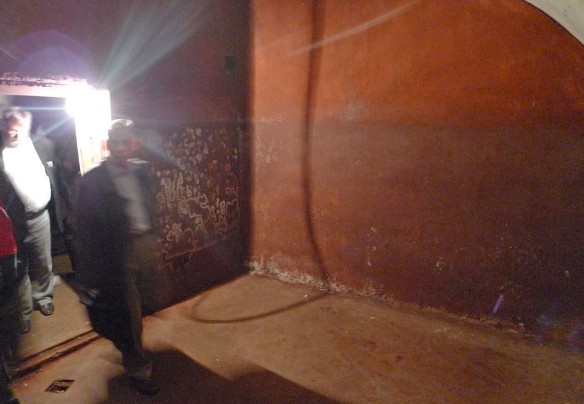
The execution room in which the KGB agents shoot the
condemned prisoners in the back of the head, when they knelt on the floor with the head against the wall.
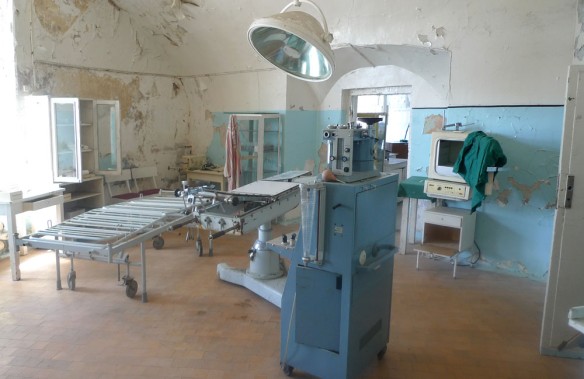
The hospital room.
In 1828 Nicholas I of Russia mandated the building of the sea fortress of Patarei in Tallinn to protect the sailing route to St. Petersburg, the capital of the Russian empire.
It was completed in 1840. Over the years it has had different functions. In 1867 the complex functioned as military barracks and from 1919 until 2004 as a prison. Today it gives a glimpse of Soviet-era prison life in all its dreariness. Visitors can explore the hallways to see cells, work areas, medical rooms, execution rooms, exercise yards etc. Up to 2000 prisoners were normally detained in Patarei, but top of occupancy was reached with about 4600. Many people were murdered here in the Soviets period. In the execution room the KGB agents just shoot the condemned prisoners in the back of the head, when they knelt on the floor with the head against the wall. Many psychic experiments on the inmates of the prison were carried out in a special Psychic experiment room.
In the subsequent period of the Republic of Estonia, parts of the fortress were used as the basis for constructing Estonia’s own coastal and sea defense. Since the restoration of independence, practically no parts of the fortress have been used for any military purposes, and they are waiting for a new civilian life.